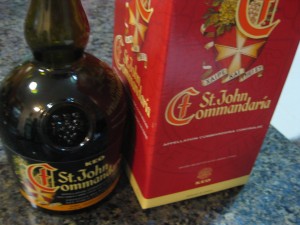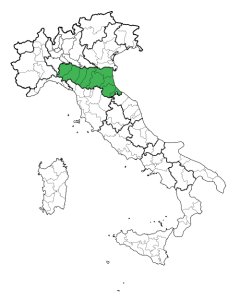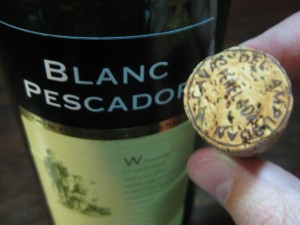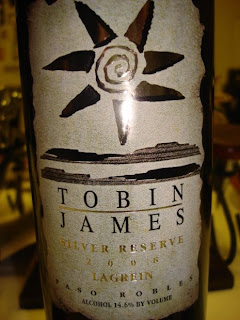 Oldest Wine in the World
Oldest Wine in the World
Commandaria is a dessert wine from Cyprus that is the world’s oldest wine that you can still drink. At least since the time of Aphrodite, this wine has been inspiring poets with its amber color and high alcohol content (+15%). Crusader legends mention Commandaria as the wine that Richard the Lionhearted pronounced “the wine of kings and the king of wines” (it’s his seal on the red box above). The Ottomans supposedly invaded Cyprus for the sole purpose of capturing Commandaria, the area in Southern Cyprus that makes this wine.
Taste
Opinions vary on what this wine tastes like and tonight, I tried it for the first time and found a bit of hazelhut, some sweetness like dulce de leche and tons of raisin. It’s a strong one too, which is best served in the smallest cup you own. Like a thimble that you keep for tea with micefolk and for drinkers of raisin-like Commandaria.
Grapes
Two grapes in 50/50 doses make the liquid that eventually becomes Commandaria wine, and both grapes hail from Cyprus. Xynisteri and Mavro are the names of the two, and Xynisteri is the white grape in the Commandaria duo, Mavro the ancient red grape that still grows on its original rootstock since phyllorexa never touched Cyprus during its 19th century trouncing of continental Europe.
Making Commandaria
Cypriots produce Commandaria in six basic steps.
1 – Overripen the grapes on the vine.
2 – Put the overripe grapes on your roof and overripen them again (legend has it this is done only to keep the livestock from eating all the grapes on the vine).
3 – age the wine in barrels for at least two years and sometimes for a decades-plus.
4- Take old wine out to bottle and drink.
5 – Replace that old wine with new wine in a solera-type process made famous by sherry producers.
6 – Kvell over your superior Commandaria to anyone who will listen.
Detail Up!
St. John Commandaria Keo – NV
Random Googles
* Commandaria grapes became those used in Port wine according to Cypriot legend.
* Four big acronyms (KEO, ETKO, SODAP and LOEL) dominate the Commandaria export market in Cyprus even as there’s no shortage of little guys.
* At least Xynisteri is used to make non-dessert wines on its own. Cyprus seems to like them, even if the rest of the world hasn’t been paying attention.



